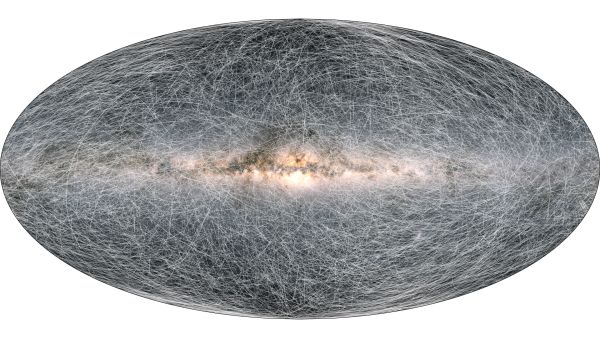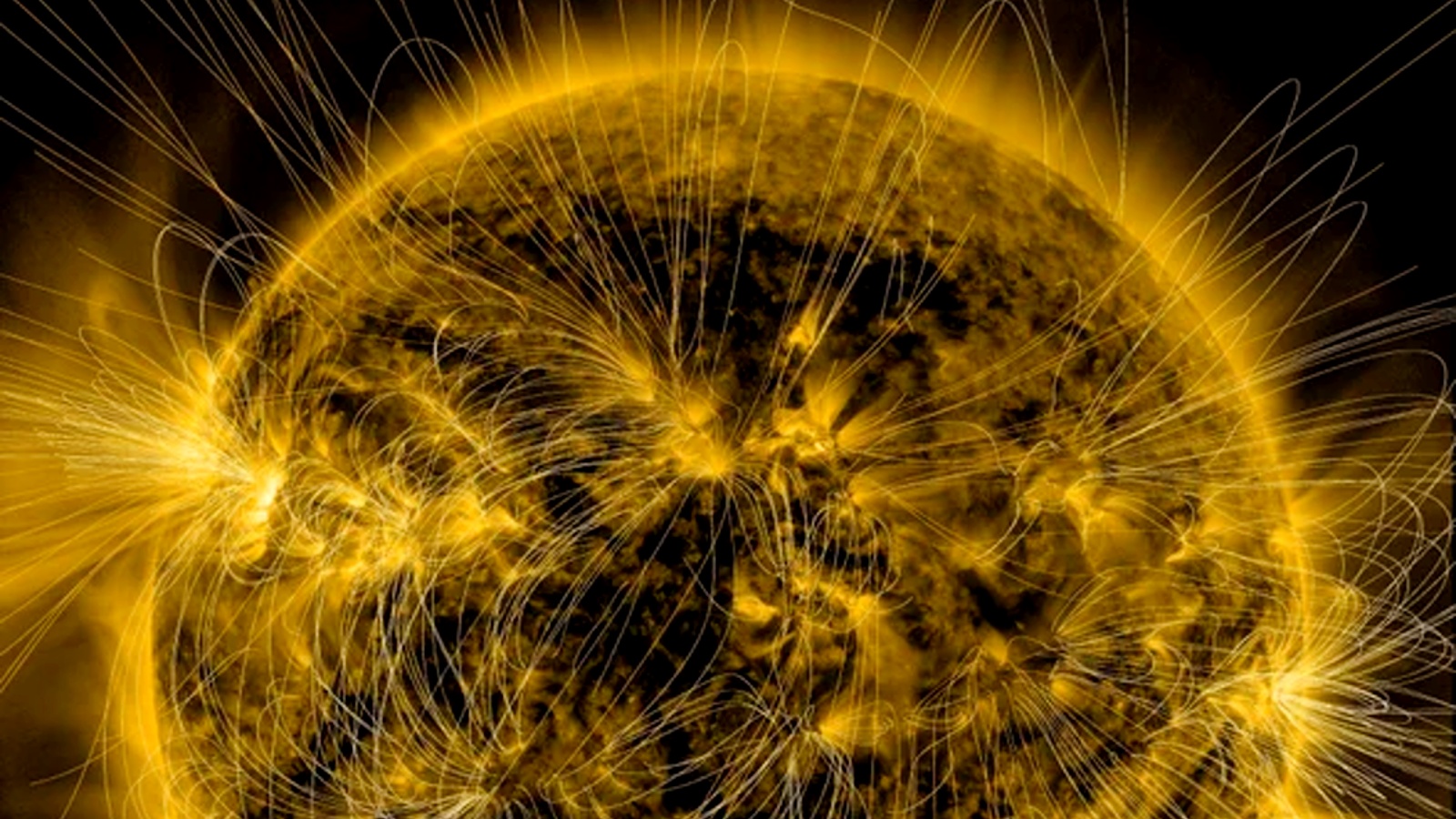European Space Agency
Latest about European Space Agency
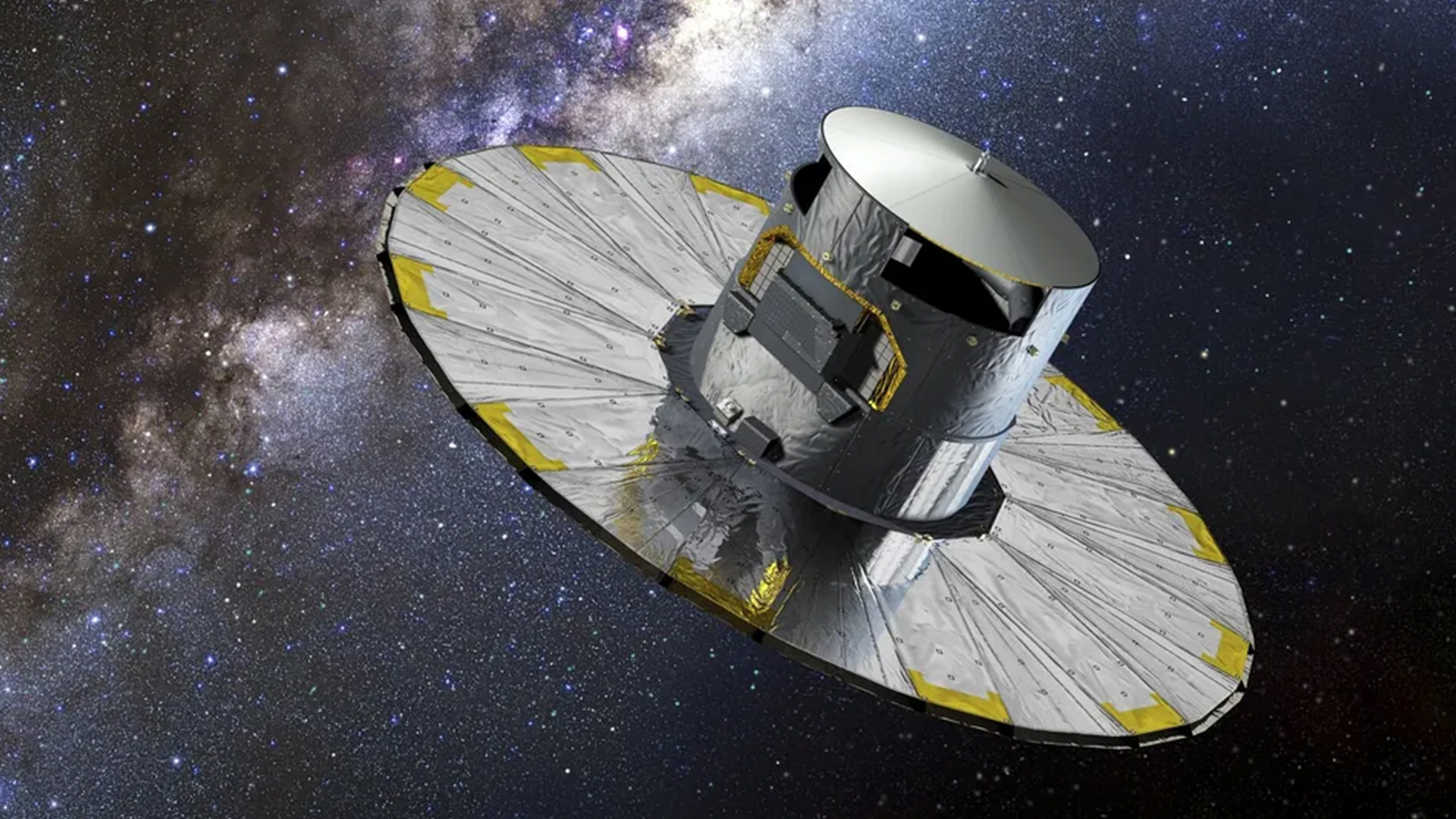
Gaia spacecraft reveals 'goldmine' of over 500,000 undiscovered stars
By Robert Lea published
The European Space Agency's Gaia telescope revealed half a million newfound stars, and detailed the orbits of over 150,000 asteroids.
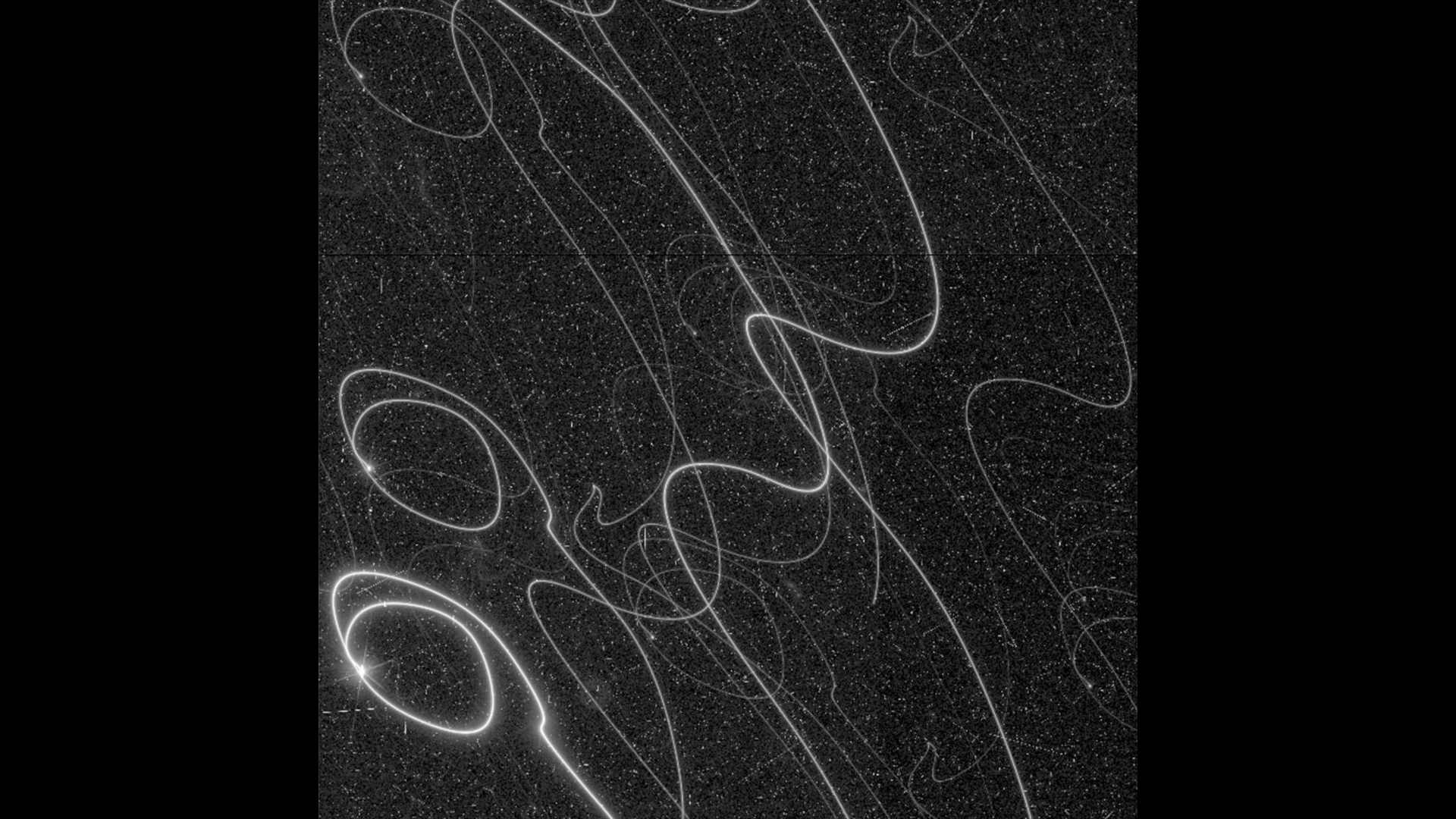
ESA scientists finally resolve glitch that caused Euclid spacecraft to 'doodle' through space
By Robert Lea published
The European Space Agency's dark energy and dark matter spacecraft has once again found its guiding stars and is preparing for full "science mode."
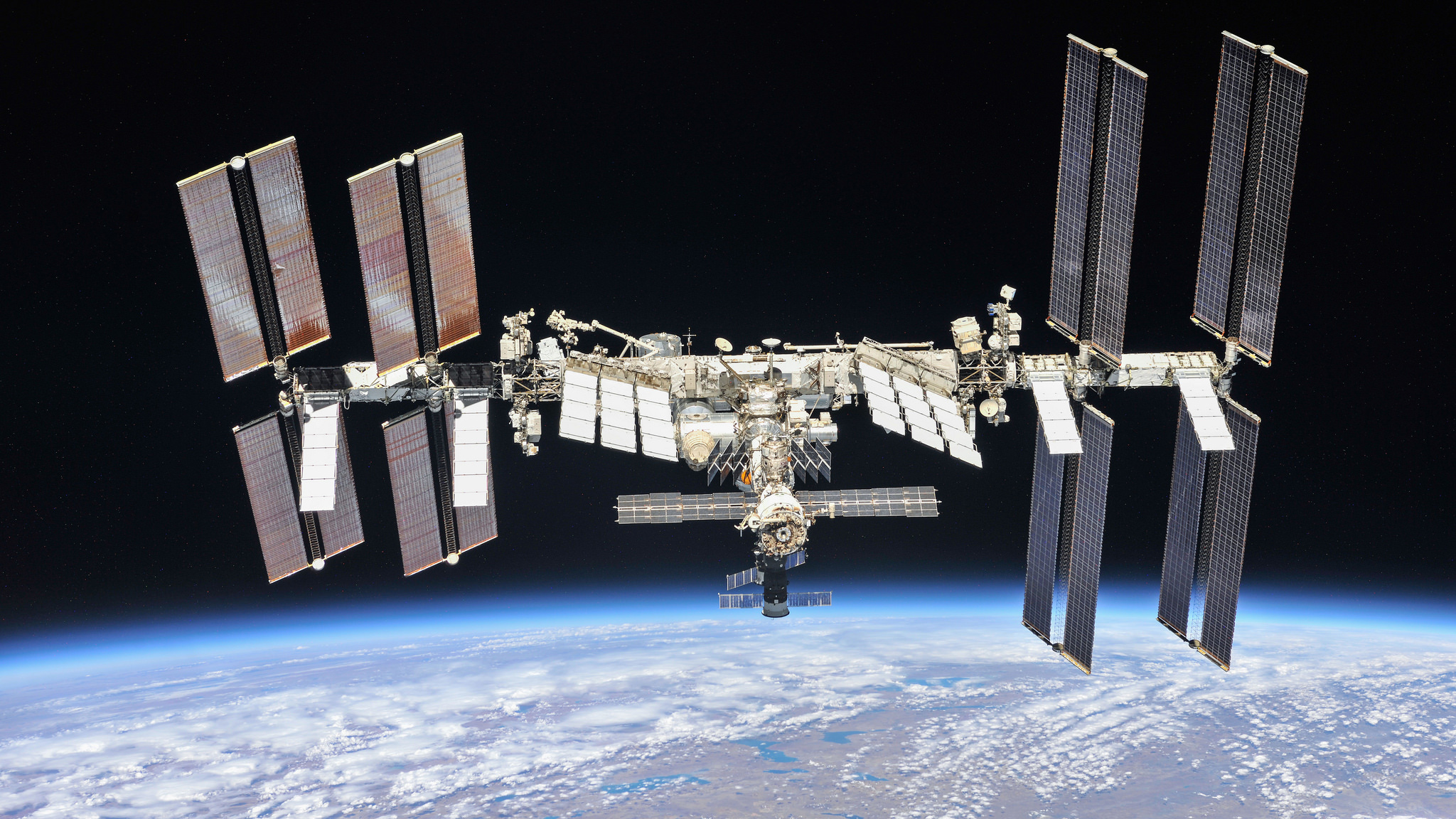
Russia's Ukraine invasion could imperil international science
By Joe Phelan published
The Russian invasion of Ukraine could have serious consequences for those organizations pursuing scientific endeavours.
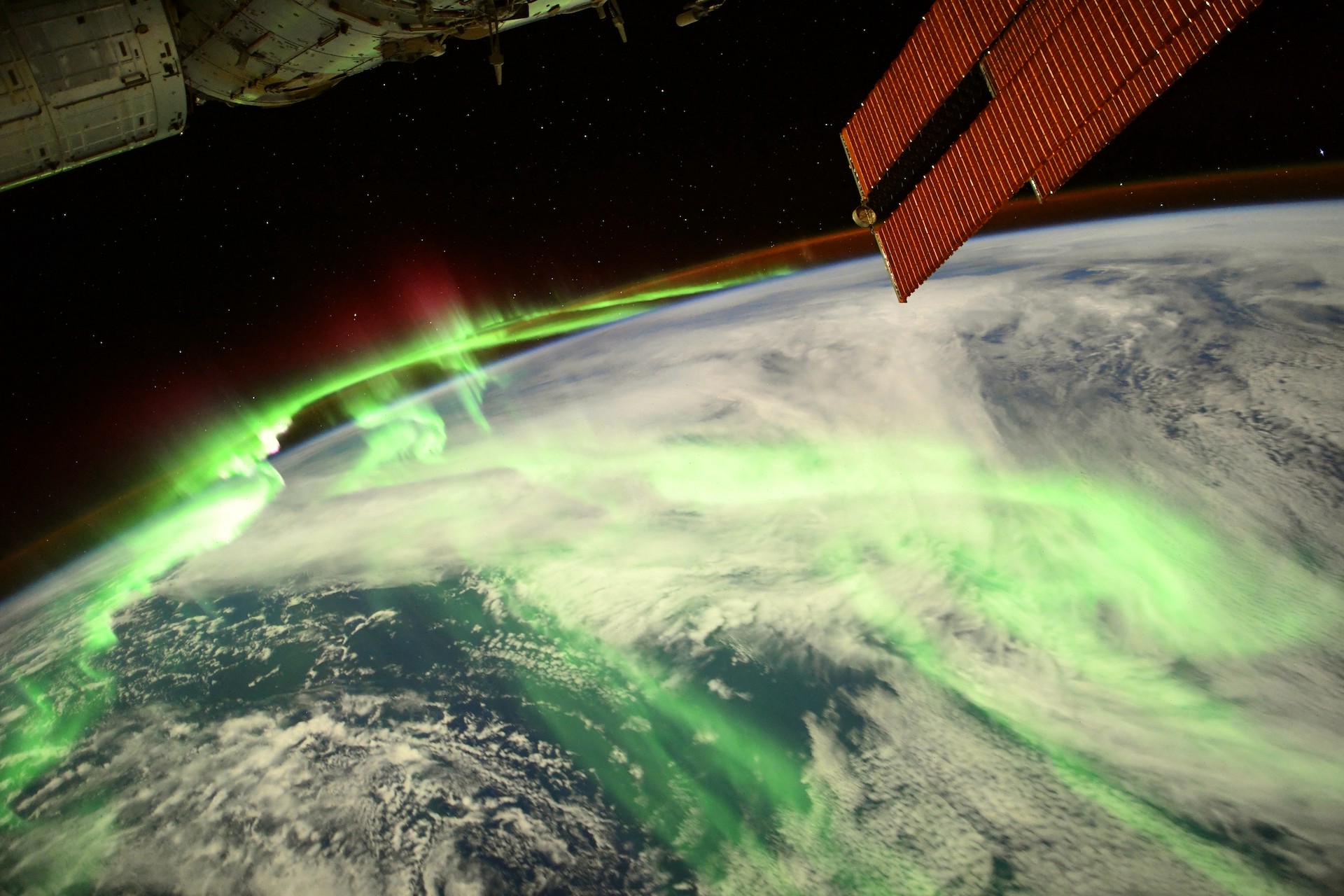
Superbright aurora lights up Earth’s night side in incredible image from space
By Yasemin Saplakoglu published
An astronaut aboard the International Space Station (ISS) captured a stunning new photo of the luminous green and red lights of an aurora hugging clouds swirling around Earth's night side.

Mars may have dozens of lakes beneath its south pole
By Mike Wall published
Much more liquid water may lie beneath Mars' south pole than scientists had thought — or there may be something going on down there that they don't fully understand.
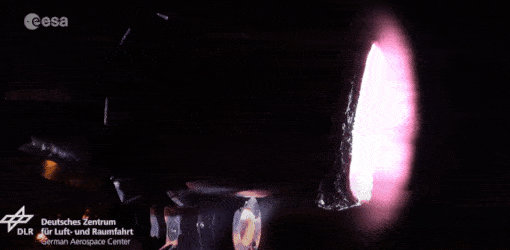
Plasma wind tunnel annihilates satellite model in atmospheric reentry test
By Mindy Weisberger published
Satellite parts that melt away during reentry reduce the risk of space debris impacts on Earth, a new video demonstrates.
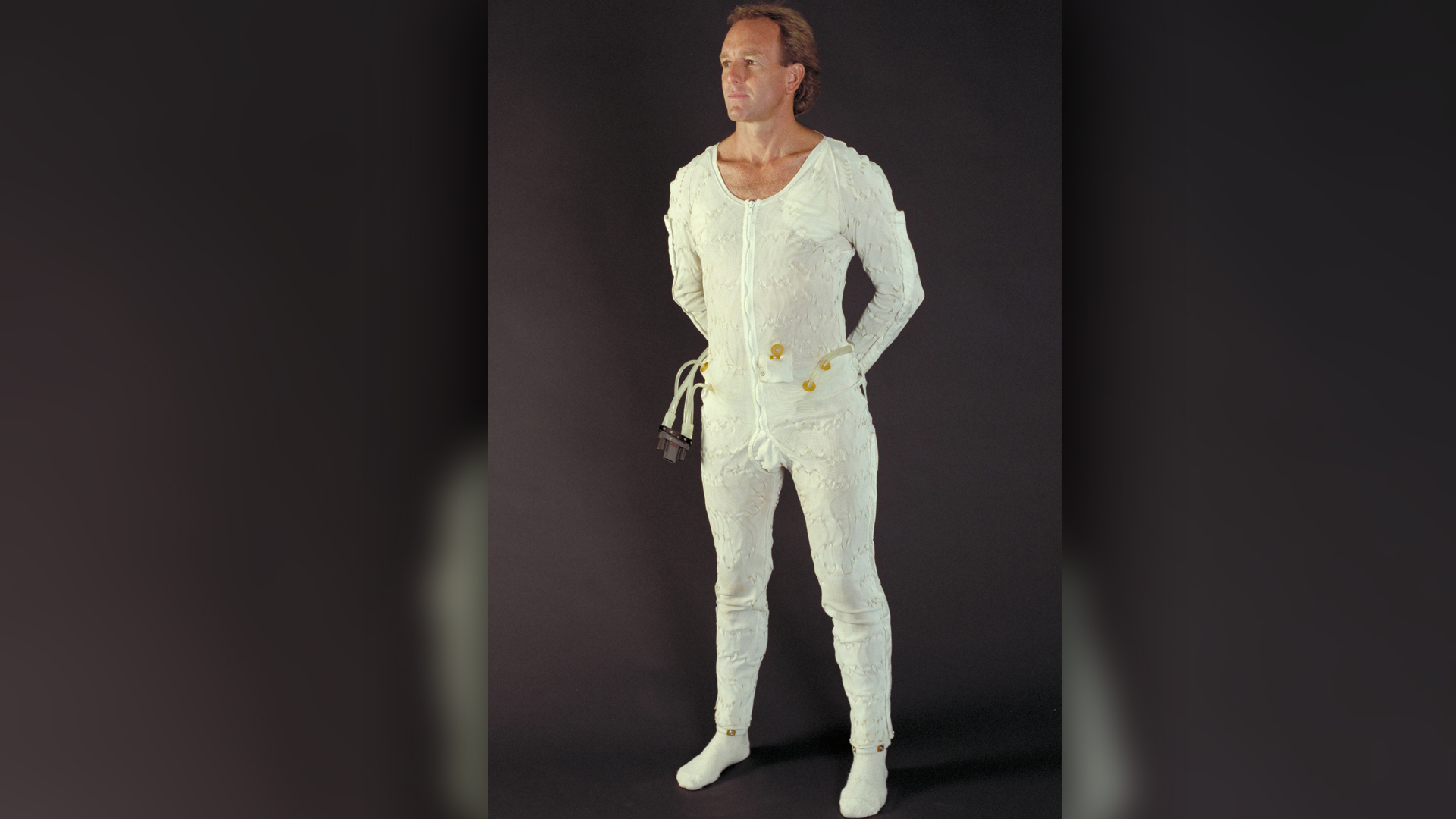
Astronauts may finally start cleaning their space underwear (with microbes)
By Mindy Weisberger published
Bacterial compounds could provide antimicrobial protection in undergarments shared by astronauts during spacewalks.

What does it take to become an astronaut?
By Tyler Santora published
Will it help if you've trained at the North Pole?
Sign up for the Live Science daily newsletter now
Get the world’s most fascinating discoveries delivered straight to your inbox.

